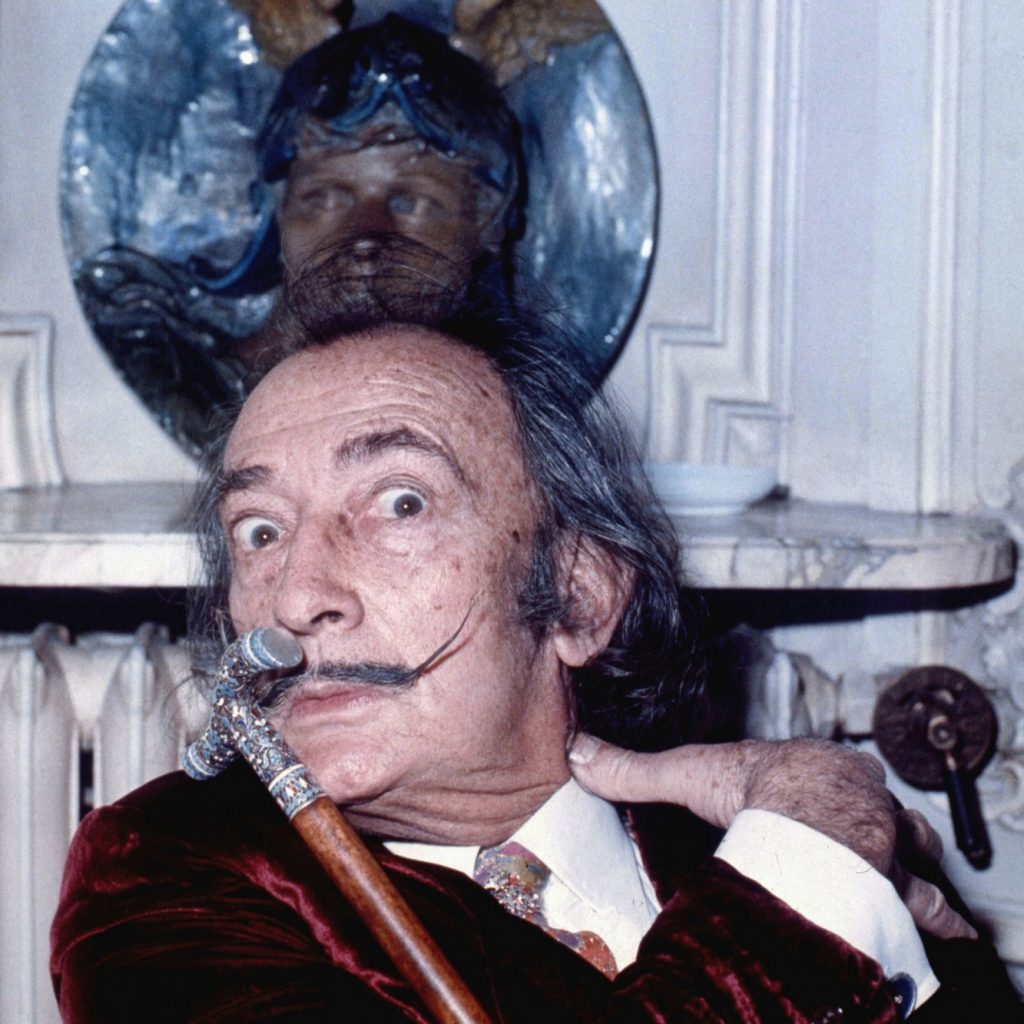Art World
Study Shows Art Can Reveal Early Signs of Brain Disorder
The study, which analyzed works by Picasso, Dalí, and Monet, is hotly contested.

The study, which analyzed works by Picasso, Dalí, and Monet, is hotly contested.

Alyssa Buffenstein

Researchers at the University of Liverpool claim to have broken some ground with a study about art and cognitive diseases, but is their research, which has been hyped and spun this week by the likes of the BBC, the Telegraph, and the Guardian, little more than quackery?
Psychologist Dr Alex Forsythe studied more than 2,000 paintings by seven artists: Claude Monet, Pablo Picasso, Marc Chagall, Salvador Dalí, Norval Morrisseau, Willem de Kooning, and James Brooks. She used a method called fractal analysis, which is hotly contested in the physics world.
By analyzing what she calls the “artists’ ‘handwriting,’” her findings show that, in works by Monet, Picasso, and Chagall—not known to have had brain diseases—the fractal dimensions of their paintings rose over time. For the Parkinson’s-diagnosed artists—Dalí and Morrisseau—their fractal dimensions similarly rose, but then fell. In work by de Kooning and Brooks, who were diagnosed with Alzheimer’s, fractal dimensions dropped steadily after the age of 40.
The research is disputed, however, because of its reliance on calculating the fractal density of the artist’s brushstrokes over their careers—patterns of repeated brushstrokes that make up an artist’s style.
Analyzing fractals was first notably brought to the art world in 1999 by University of Oregon physicist Richard Taylor, who used it to authenticate paintings by Jackson Pollock found among the belongings of the late Herbert Matter. The method was criticized in part for its failure to “authenticate” known Pollock paintings, and for loopholes in its criteria that “authenticated” certain amateur artworks, or scribbles made in photoshop.
While Taylor calls Forsythe’s research “magnificent” and “inspiring,” others, like Hamilton College physicist Kate Brown, call it “utter nonsense” by “fractal zealots.”
Brown first disputed Taylor’s research in 2006, and the following year, Science Daily reported that “Researchers End Debate Over Fractal Analysis of Authentication of Pollock’s Art,” marking the physics community’s loose consensus that fractal analysis is useless in authenticating artworks.
Forsythe’s study, however, uses the method to analyze already-authenticated works, pointing to, perhaps, a new application of the method.
But her research abstract, published in the journal Neuropsychology, maintains that fractal research may be used to establish a painting’s provenance, while also finding that “[it] may be possible to identify a-typical changes in the structure of an artist’s work; changes that may be early indicators of the onset of neurological deterioration.”